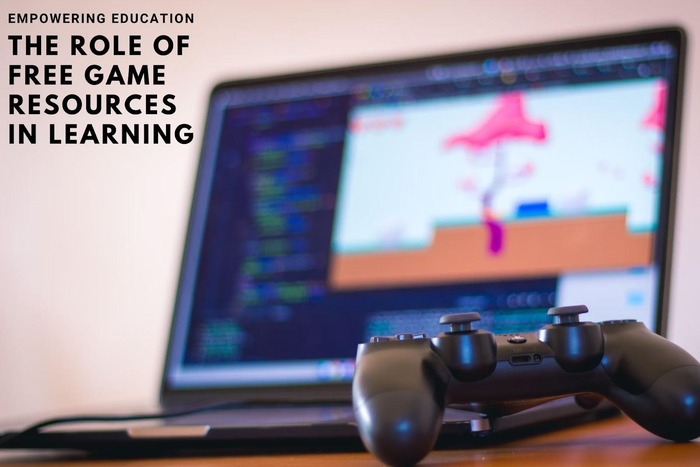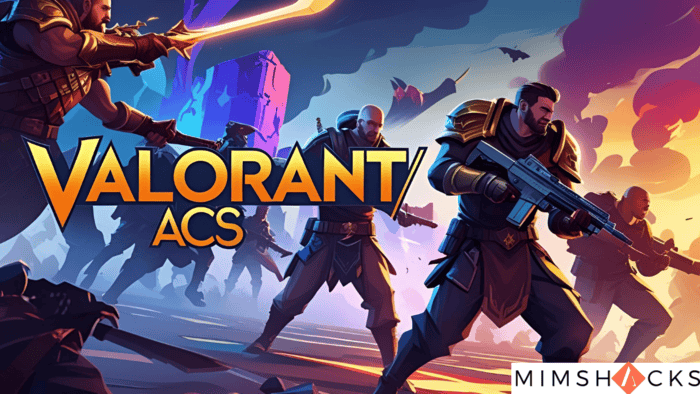Impact of Free Game Resources on the Educational Process

Thanks to the growth of digital platforms, educational materials have now transcended traditional textbooks and classroom lectures. The inclusion of free game resources within the curriculum is changing the way universities and other educational institutions approach learning.
These resources, ranging from educational games to simulation platforms, offer interactive experiences that engage students in ways traditional methods cannot.
Many educators and case study writers often emphasize the benefits these tools bring to education, noting how someone can effectively utilize free resources without needing to pay for expensive alternatives. Their growing popularity demonstrates their indispensable status as a component of the modern teaching toolkit.
Examining the benefits they give as well as the possible difficulties will help one to better grasp their influence.
Benefits of Free Game Resources in Education
Free game resources offer several significant benefits in the educational process. They even help students in their writing. This makes them an invaluable tool in various learning environments. These benefits include:
- Engagement and Motivation
Unlike traditional learning methods, games offer immediate feedback and reward systems, motivating students to engage with the material. This is especially helpful for students who struggle with conventional teaching methods.
- Development of Critical Skills
Many educational games help students build important skills such as problem-solving, critical thinking, and collaboration. For instance, simulation games can mimic real-life scenarios, providing a hands-on learning experience that encourages decision-making.
- Access and Equity
Free games break down financial barriers to education. By providing resources at no cost, they ensure that all students, regardless of their socioeconomic status, have equal access to quality learning tools.
As more educational institutions recognize the value of these resources, many are beginning to implement them into their curricula.
Case Study: Research on Educational Games in Classroom Settings
A study explored the use of educational games in classrooms across Europe and North America. The research showed that students who engaged with free educational games as part of their learning process had significantly improved test scores and engagement levels compared to their peers in traditional learning settings.
Specifically, students in a game-based learning group demonstrated a 15-20% improvement in math and science subjects over a semester. This research illustrates that free game resources can have a measurable, positive impact on student outcomes.
The games not only enhanced academic performance but also promoted collaborative learning and problem-solving. Teachers reported that students were more willing to participate and showed greater enthusiasm for challenging topics. This means that free game resources do make a huge impact on kids learning.
How Free Games Encourage Active Learning
Active learning is an educational approach where students are directly involved in the learning process. Unlike passive learning, where students simply listen to lectures or read textbooks, active learning involves students in hands-on activities that require them to apply what they’ve learned. Free game resources are particularly well-suited for this method.
By participating in games, students are not only absorbing information but also practicing it in real-time. For example, games that simulate historical events allow students to step into the shoes of past leaders and make decisions based on historical data.
This type of active learning helps students retain information more effectively and develops their analytical skills.
Challenges of Using Free Game Resources
While the advantages of free game resources are clear, there are challenges to consider. Some of these include:
- Quality Control
Not all free games are of high educational value. Without proper vetting, students may be exposed to games that are poorly designed or lack educational depth. Educators must carefully select games to ensure they align with learning objectives.
- Distractions
Games can become distractions if not integrated into the curriculum correctly. Without clear educational goals, students may focus more on the entertainment aspect rather than learning. To avoid this, teachers must monitor game usage and provide guidance.
- Access to Technology
Despite the free nature of these resources, not all students have equal access to the necessary technology. Schools in underserved areas may lack the devices or internet connectivity required for digital learning tools.
To mitigate these challenges, schools must establish clear guidelines for incorporating free game resources into their curricula.
Role of Teachers in Integrating Free Game Resources
Teachers play a pivotal role in ensuring that free game resources are used effectively in the classroom. Their responsibilities include:
- Selecting Appropriate Games
Teachers should select games that are both engaging and aligned with curriculum objectives. This may involve researching games or collaborating with other educators to find the best resources.
- Setting Clear Expectations
Teachers should set clear learning goals for each game to ensure students understand the educational purpose. This can help prevent the games from becoming distractions.
- Providing Support and Feedback
While students play educational games, teachers should be available to offer guidance and feedback. This ensures that students are on track and can address any challenges they encounter.
By taking an active role in the use of free game resources, teachers can maximize the potential benefits and minimize any drawbacks.
The Future of Free Game Resources in Education
As technology continues to evolve, the role of free game resources in education will likely expand. More sophisticated games, including those that use virtual reality (VR) and augmented reality (AR), have the potential to revolutionize learning experiences.
These advanced technologies can immerse students in entirely new environments, offering a level of interaction and engagement that traditional methods cannot match. Moreover, as the global educational landscape becomes more digitized, the demand for free, high-quality resources will only increase.
Educational institutions may look to collaborate with game developers and researchers to create more effective tools that can be accessed by a wider range of students. By continuing to invest in free game resources, educators can ensure that all students have access to innovative and effective learning tools.
Conclusion
Unquestionably, free game resources improve the learning process, provided they are used wisely and effectively. These resources present a lot of chances to improve education, involve students, and help them to acquire important skills.
However, it is essential for educators to remain vigilant and ensure that the games chosen are educational, free from distractions, and accessible to all students. This will cancel out all potential challenges.
Incorporating game-based learning into education poses several challenges. However, it also holds immense promise. By combining traditional teaching methods with innovative digital tools, educators can create a more engaging, effective, and equitable learning environment for all students.






